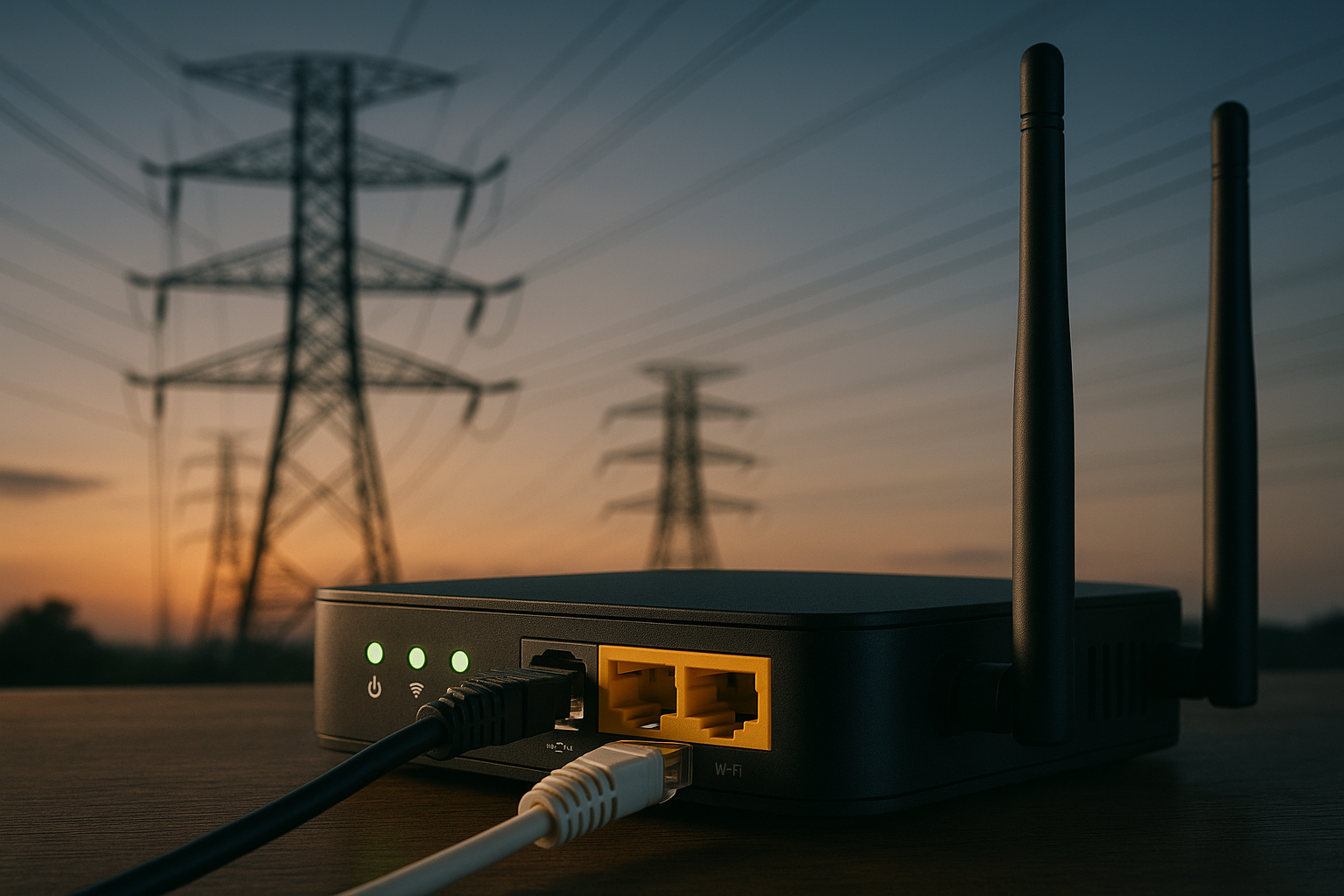Home network upgrades that improve performance without extra cost
Small changes to how you use and configure home networking gear can deliver noticeable improvements in speed, reliability, and security without adding recurring expenses. This article outlines practical, verifiable steps to boost connectivity, reduce latency, and make the most of existing broadband or fiber services in your area.

Many households can improve network performance substantially without paying for new plans or gear. Simple adjustments—like moving a router to a central location, using wired Ethernet for high-demand devices, or changing wireless channels—address common bottlenecks. These low- or no-cost steps can reduce latency, increase effective throughput, and improve overall coverage across a home while also tightening security and making networks easier to scale or automate over time.
Connectivity and coverage
Assessing connectivity starts with mapping where devices are used and testing signal strength in different rooms. Use a phone-based Wi‑Fi analyzer app or the built-in signal indicators to identify dead zones. Placing the router in a central, elevated position and minimizing obstructions improves coverage. If a single access point cannot reach all rooms, switch bandwidth-hungry devices to wired Ethernet where possible to free wireless capacity for mobile devices and improve perceived throughput.
Broadband and fiber choices
Understanding whether your service is cable broadband, fiber, or satellite helps prioritize upgrades that matter. Fiber and modern broadband typically offer higher sustained throughput and lower contention, but the home-side optimizations are similar: reduce local contention by segmenting traffic, limit background downloads, and ensure the modem or ONT is updated. Many ISPs provide diagnostic tools in their account portals that let you confirm that the external connection is performing to expected levels before changing anything at home.
Latency and throughput improvements
To reduce latency and increase usable throughput, favor wired connections for gaming consoles, streaming devices, or workstations. Disable or limit background syncs and updates during peak use periods, and enable Quality of Service (QoS) rules on routers to prioritize interactive traffic. Changing Wi‑Fi channels to avoid local interference (common in dense apartment areas) and switching 2.4 GHz devices to 5 GHz where feasible can lower contention and improve both latency and throughput.
Security and virtualization
Improved security often comes at no recurring cost: keep router firmware current, use WPA3 or WPA2 with a strong password, and disable remote management if not needed. Network virtualization features—such as guest networks or VLANs—are available in many consumer routers; use them to isolate IoT devices from primary devices to reduce attack surface and prevent compromised devices from degrading performance for the rest of the network. Regularly review connected-device lists to remove unused devices that consume bandwidth.
Spectrum, regulation, and infrastructure
Local spectrum congestion and infrastructure constraints affect home network performance. In crowded wireless environments, changing channels or using 5 GHz/6 GHz bands can avoid interference. Be aware of local regulations or infrastructure projects—municipal upgrades or new fiber rollouts can change available coverage and speeds in your area. Where regulation affects spectrum availability, monitor local service announcements or ISP communications to anticipate changes that may enable better service without increased monthly spending.
Pricing and provider comparison
Real-world cost insights matter even when aiming to avoid extra spending at home. Monthly plan prices, introductory offers, and equipment fees vary by provider and region; if your current plan already meets your needs, most performance gains come from in-home changes rather than upgrading service tiers. Below is a simple, fact-based comparison of common residential providers and typical cost ranges to provide context. These are illustrative estimates; check local services in your area for precise pricing.
| Product/Service | Provider | Cost Estimation |
|---|---|---|
| Cable broadband (typical residential plan) | Xfinity (Comcast) | $30–$70 per month (introductory/promotional ranges common) |
| Fiber broadband (residential) | AT&T Fiber | $55–$80 per month (varies by speed tier and availability) |
| Fiber broadband (residential) | Verizon Fios | $40–$70 per month (dependent on speed tier and region) |
| Satellite internet (residential) | Starlink | $70–$120 per month (equipment one-time fee commonly applies) |
Prices, rates, or cost estimates mentioned in this article are based on the latest available information but may change over time. Independent research is advised before making financial decisions.
Conclusion Improving home network performance without extra cost is primarily a matter of diagnosing bottlenecks and applying targeted changes: optimize router placement, prefer wired links for heavy use, tune wireless channels and QoS, and lock down security settings. Understanding how local infrastructure, spectrum use, and provider plans influence performance helps prioritize which adjustments will yield the most benefit. These steps let households get better latency, throughput, and coverage from existing broadband or fiber connections while keeping monthly expenses unchanged.





